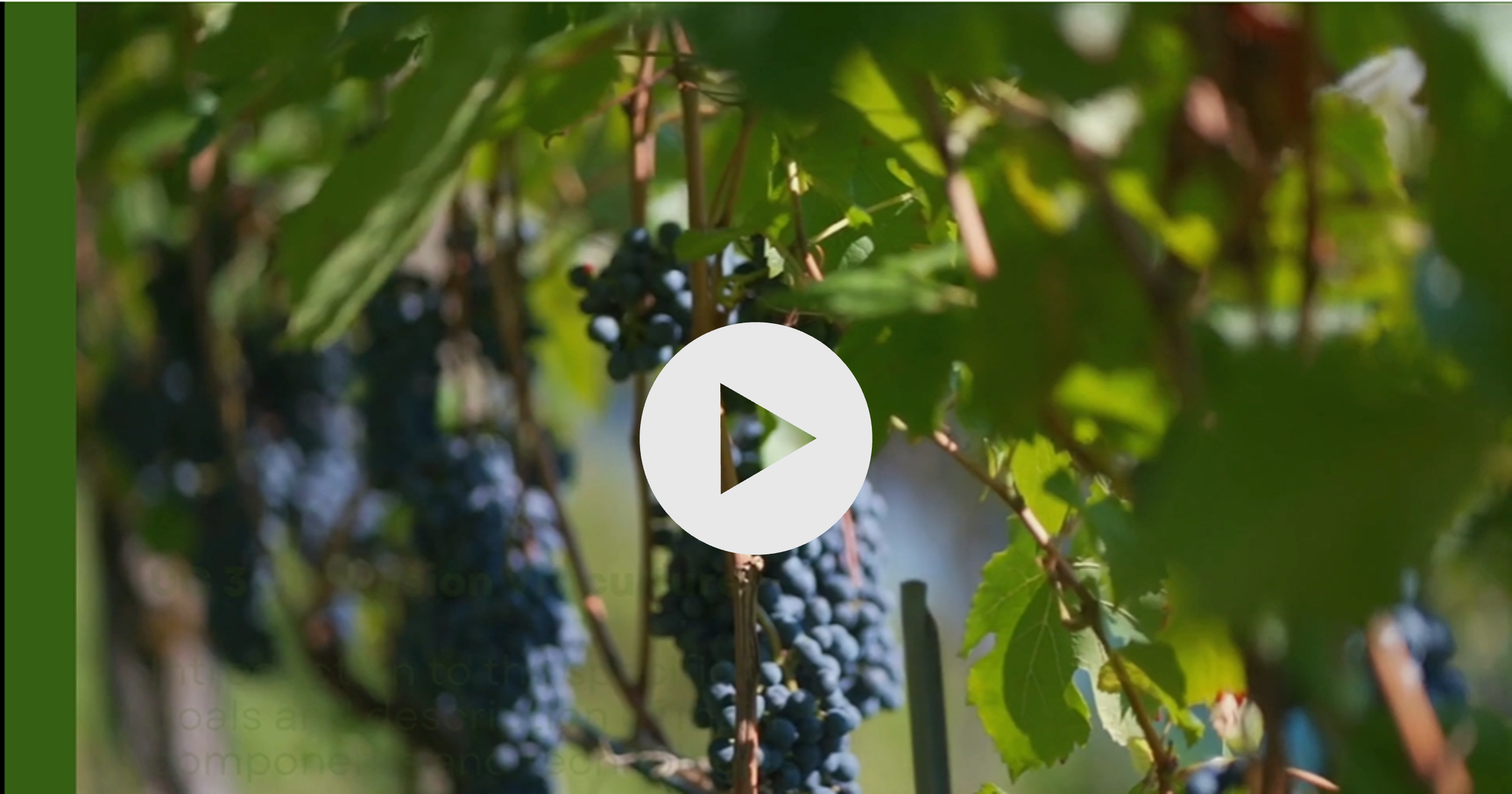
Project
Here's how we plan to carry out our work to deliver a successful project.
Click on images below to go to videos we have created about use cases!
Use case 1: Greenhouse
Use case 4: Agri robotics
Use case 7: Smart water quality management system
Use case 2: Vertical farming
Use case 5: Forestry
Use case 3: Precision viticulture Decision Support System (DSS)
Use case 6: Optimal soil and fertilisers
The development of the most advanced sensory and autonomous agricultural capabilities requires a sophisticated governance structure, ensuring that all partners are aligned across Use Cases and Work Package deliveries. The AGRARSENSE consortium has one of the world’s leaders in Forestry automation, Komatsu, as Project Coordinator. The AGRARSENSE project goal of creating a holistic ecosystem of sensory and automated capabilities will further extend Europe’s lead in optimizing and securing agricultural value chains.
To drive such an ambitious impact agenda, we have selected seven Use Cases which will, collectively, contribute to solving the challenges outlined.
These Use Cases are fused together by the most advanced hardware, software and system integration technologies, which will drive new solutions for partners and the collective AGRARSENSE impacts at scale.
The Use Cases and their objectives can be found here:
The AGRARSENSE concept: use cases, technologies, impacts.
-
Objectives:
Increase plant sensing from partial to complete health view.
Increase greenhouse monitoring frequency.
Increase automation level for greenhouse environments.
-
Reduce fertilizers and water usage, and CO2 gas emissions in vertical farming.
Reduce growing process losses in vertical farming to less than 1%.
Increase grow boxes energy savings in vertical farming up to 30%.
Increase lighting LED panels power savings in vertical farming by 30%.
-
Improve disease/pest detection and reduce pesticide application in
vineyards, by means of improved forecasting models, IoT and innovative sensors (micro-climate, spore, VOC).Increase irrigation automation and efficiency in vineyards, by means of innovative soil/plant sensors, improved modelling and ML algorithms, integrated with remote control of the irrigation system.
Improvement of yield forecasting and quality assessment, by means of hyperspectral and image data analysis.
Improvement in the application of precision technologies for vineyard management, by means of a specialized Decision Support System (DSS), integrating different data sources and monitoring technologies.
-
Increase detection of plant diseases and traits (ripeness, grape count, water content, etc) to minimise loss through direct alert in less than 8 hours.
Increase vineyard monitoring accuracy using more than 3 sensors for sensor fusion.
Increase sensor's adaptability to agricultural environment and robustness by 10%.
-
Increase forestry environment awareness with safety level, for reduced soil damage and increased (human) safety around the machines.
Reduce CO2 and fuel consumption on overall operations.
Increase overall forest operation efficiency.
-
Reduce and monitor degradation of organic soils via low-maintenance soil sensors.
Implement large-scale cooperative sensing of greenhouse gas emissions of organic soils, with reduced correlation uncertainty to less than 50%.
Cross-validate large-scale cooperative sensing in 3 type of lands, in Finland, Latvia and Switzerland.
-
Water is a scare and critical Agri- and Aquacultural resource which is being impacted by increasing drought and pollution. This requires new solution for smart water quality management systems to enable better detection and rapid decision making in pre and post (waste)water quality sensing. The goal is to develop a smart modular water quality assessment capability. Where different sensing technologies will be integrated in both wireless and portable stationary platforms as well as in unmanned autonomous vessel platforms. With the following objectives:
Improving water quality sensing by decreasing processing time from days in laboratory to seconds in the field (in situ) with AI-based, integrated, and miniaturized multiparameter autonomous sensors.
Improved irrigation water management and enhanced water pollution insights by continuous smart analysis, with increased sensitivity and accuracy from ug/ml to ng/ml.








